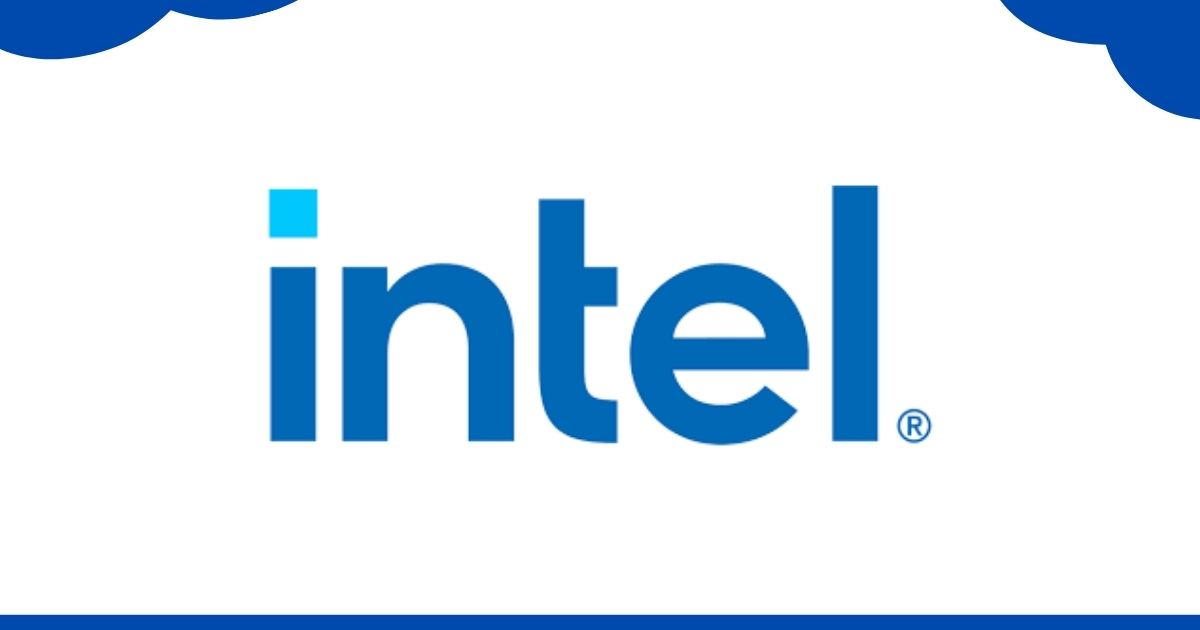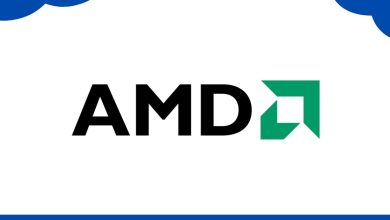Intel (INTC) Stock Analysis: Breakdown of July 11 Trading and Key Metrics for Investors

Intel Corporation (likely ticker: INTC) experienced a challenging trading session on July 11th, closing in the red and reflecting broader bearish sentiment. For traders and investors watching the semiconductor giant, understanding the day’s movements and the underlying financial metrics is crucial for making informed decisions.
This article provides a detailed analysis of Intel’s stock performance on this day, decodes the key financial data, and offers a perspective on what these numbers mean for potential trading strategies.
At a Glance: July 11th Market Summary
-
Company: Intel Corp
-
Closing Price: 23.43 USD
-
Daily Change: -0.39 (-1.64%)
-
After-Hours Movement: -0.011 (-0.045%) to 23.42 USD
-
Key Takeaway: The stock closed significantly lower, indicating selling pressure throughout the day. The minor after-hours dip suggests the negative sentiment continued, albeit weakly, after the market closed.
A Deep Dive into the Trading Day (1D Chart Analysis)
A stock’s intraday chart tells the story of the battle between buyers and sellers. Here’s a breakdown of Intel’s performance on July 11th:
-
Open: 23.56 USD: The stock opened below its Previous Close of 23.82 USD, signaling immediate weakness at the start of the trading session. This is known as a “gap down” and often sets a bearish tone for the day.
-
Day’s Low: 23.16 USD: Shortly after the market opened, sellers pushed the price down to its lowest point of the day. This level (23.16) now acts as a key short-term support level for traders to watch in subsequent sessions.
-
Midday Recovery and Day’s High: 23.66 USD: The stock attempted a recovery from its morning lows, climbing steadily to reach its peak for the day around 3:00 PM. However, it failed to surpass the previous day’s closing price, indicating that buying momentum was not strong enough to reverse the negative trend. This high of 23.66 now serves as an intraday resistance level.
-
Sell-off into the Close: In the final hour of trading, the stock sold off from its high, ultimately closing near the middle of its daily range at 23.43 USD.
The daily trading range between the high (23.66) and the low (23.16) was $0.50, indicating moderate volatility for a stock at this price point.
Decoding Intel’s Key Financial Metrics for Traders
The numbers below the chart provide a fundamental snapshot of the company. Understanding each one is essential for a comprehensive analysis.
| Metric | Value | What It Means for a Trader |
| Market Cap | 10.22KCr | Meaning: Market Capitalization is the total value of all of a company’s shares. The “KCr” notation likely stands for “Thousand Crores” (an Indian numbering term), which translates to approximately $102.2 Billion USD. This confirms Intel’s status as a large-cap company, which are typically more stable but can be slow to move. |
| P/E Ratio | – | Meaning: The Price-to-Earnings ratio is a critical valuation metric. A dash (“-“) or “N/A” here is highly significant. It almost always means the company has had negative earnings (a net loss) over the last twelve months. For traders, this is a red flag about profitability and can justify a lower stock price. |
| Div Yield | 2.13% | Meaning: The Dividend Yield shows the annual dividend payout as a percentage of the stock’s current price. A 2.13% yield can be attractive to income-focused investors, especially in a down market. It means investors are paid to wait for a potential stock price recovery. |
| Qtrly Div Amt | 0.12 | Meaning: This is the cash dividend paid per share every quarter. Annually, this amounts to 0.12 x 4). This dividend provides a floor of sorts, as income investors may be drawn to the stock if the price drops further, increasing the yield. |
| 52-wk High | 37.16 | Meaning: This is the highest price the stock has reached in the past year. The current price of 23.43 is 37% below this high, indicating a strong, long-term bearish trend. |
| 52-wk Low | 17.66 | Meaning: This is the lowest price the stock has hit in the past year. The current price is trading closer to its 52-week low than its high, reinforcing the bearish sentiment but also suggesting it could be approaching a major long-term support area. |
Actionable Insights and a Trader’s Perspective
Synthesizing this data provides a clearer picture for different trading styles:
-
For the Short-Term / Day Trader: The key levels from July 11th are support at $23.16 and resistance at $23.66. A break below the low could signal further downside, while a move above the high could indicate a potential short-term reversal. The overall daily trend was bearish, favoring short positions.
-
For the Swing / Long-Term Investor: The situation is more complex.
-
The Bear Case: The stock is in a clear downtrend (trading far below its 52-week high). The lack of a P/E ratio (due to negative earnings) is a major concern about the company’s fundamental profitability in the competitive semiconductor industry.
-
The Bull Case: The stock is trading closer to its 52-week low, which could represent a value area for contrarian investors. The 2.13% dividend yield offers a respectable income stream while waiting for a potential turnaround in the company’s business.
-
Conclusion:
The data from July 11th paints a picture of a company facing significant headwinds. While the dividend provides some support, the negative earnings and the strong bearish price trend are dominant factors. Traders should remain cautious, watching the key support and resistance levels closely. Long-term investors must weigh the potential for a business turnaround against the current lack of profitability and negative market sentiment.
Disclaimer: This article is for informational and educational purposes only and should not be considered financial advice. The information provided is based on the data in the image and represents a snapshot in time. Stock markets are highly volatile, and past performance is not indicative of future results. Always conduct your own thorough research and consult with a qualified financial advisor before making any investment decisions.





